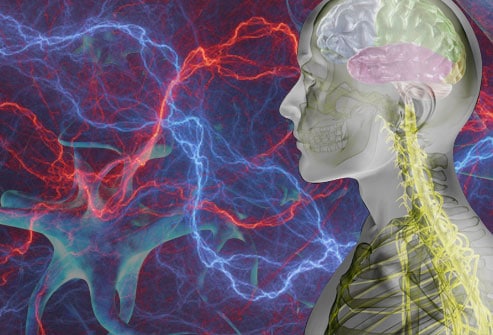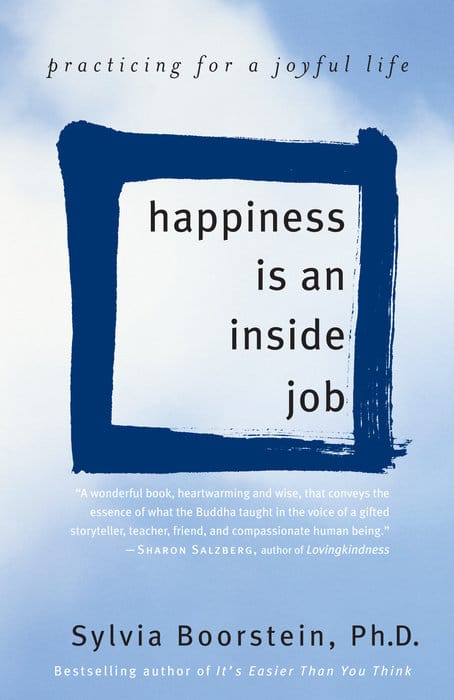The pain science research over the last 10 years indicates there are significant differences between acute pain and chronic pain in our bodies. When there is an acute injury, the brain receives the signal from the injured tissue. As the tissues heal, the nervous system gradually calms down. Normally, our bodies have a low level of excitation in our nerves.
When the level of excitation does not calm down as an injury heals, the pain becomes chronic. The tissue injury is healing, but the nerves are still over-stimulated. The central nervous system is extra sensitive. The brain then interprets even small inputs as pain. When the nerves are over excited, the surrounding nerves also become more excited causing the pain to spread to multiple areas.
The primary question then is how to calm the nervous system to decrease the pain. The research suggests that one of the most effective strategies to calm the sensitivity of the nervous system is aerobic activity. Decrease in pain levels have been seen with even small amounts of aerobic exercise such as 5-10 minutes. The main point is to start where an individual is able to move with a minimal increase in pain. The brain needs to experience that it is “okay” to move again. The pain science research consistently shows that individuals who are afraid to move have poor outcomes.
Other strategies to calm the nervous system, include deep breathing, meditation, and general healthy habits including good sleeping patterns and healthy diet. All of those strategies decrease the stress in the nervous system which will gradually decrease the sensitivity.
It is important to understand that the chronic pain does not mean that there is new tissue damage occurring. The brain just needs the body to move again to decrease the sensitivity of the nervous system.
Written by: Stephanie Bloom, PT
Picture: https://img.webmd.com/dtmcms/live/webmd/consumer_assets/site_images/articles/health_tools/chronic_pain_causes_solutions_slideshow/webmd_rm_photo_of_pain_illustration.jpg


